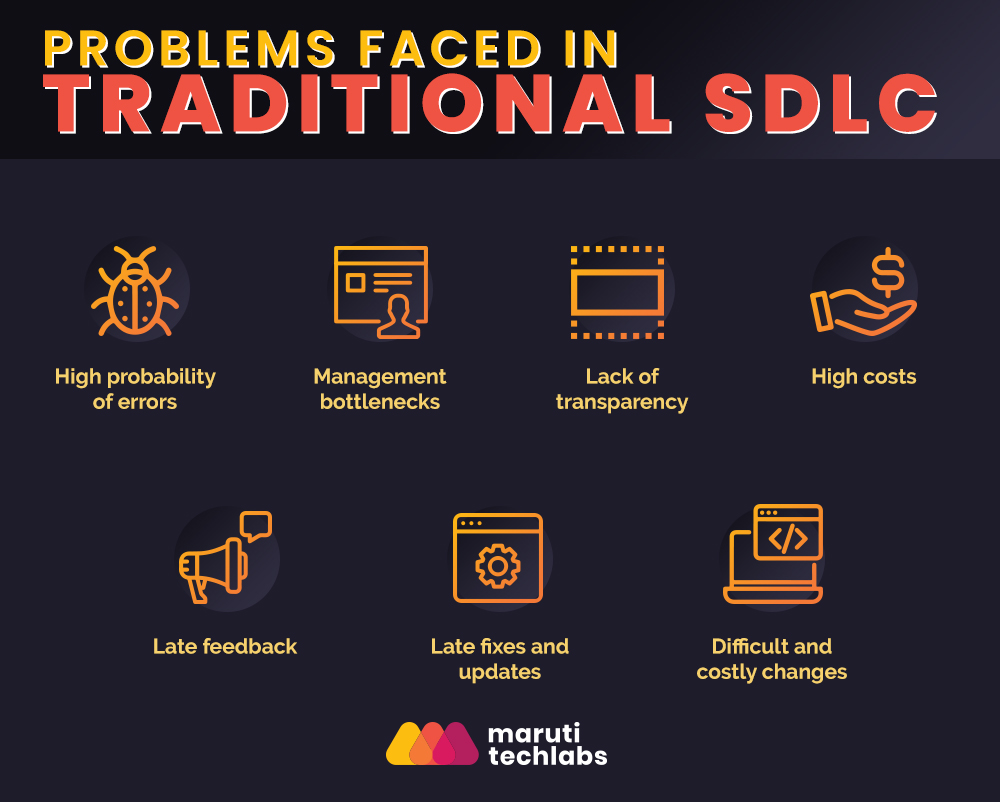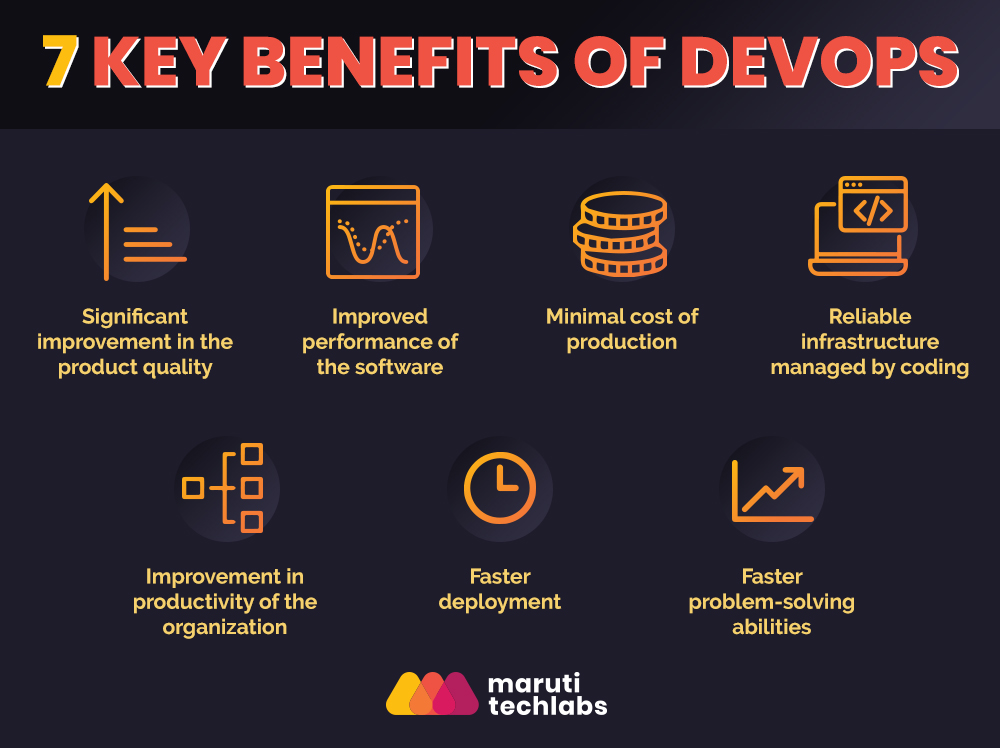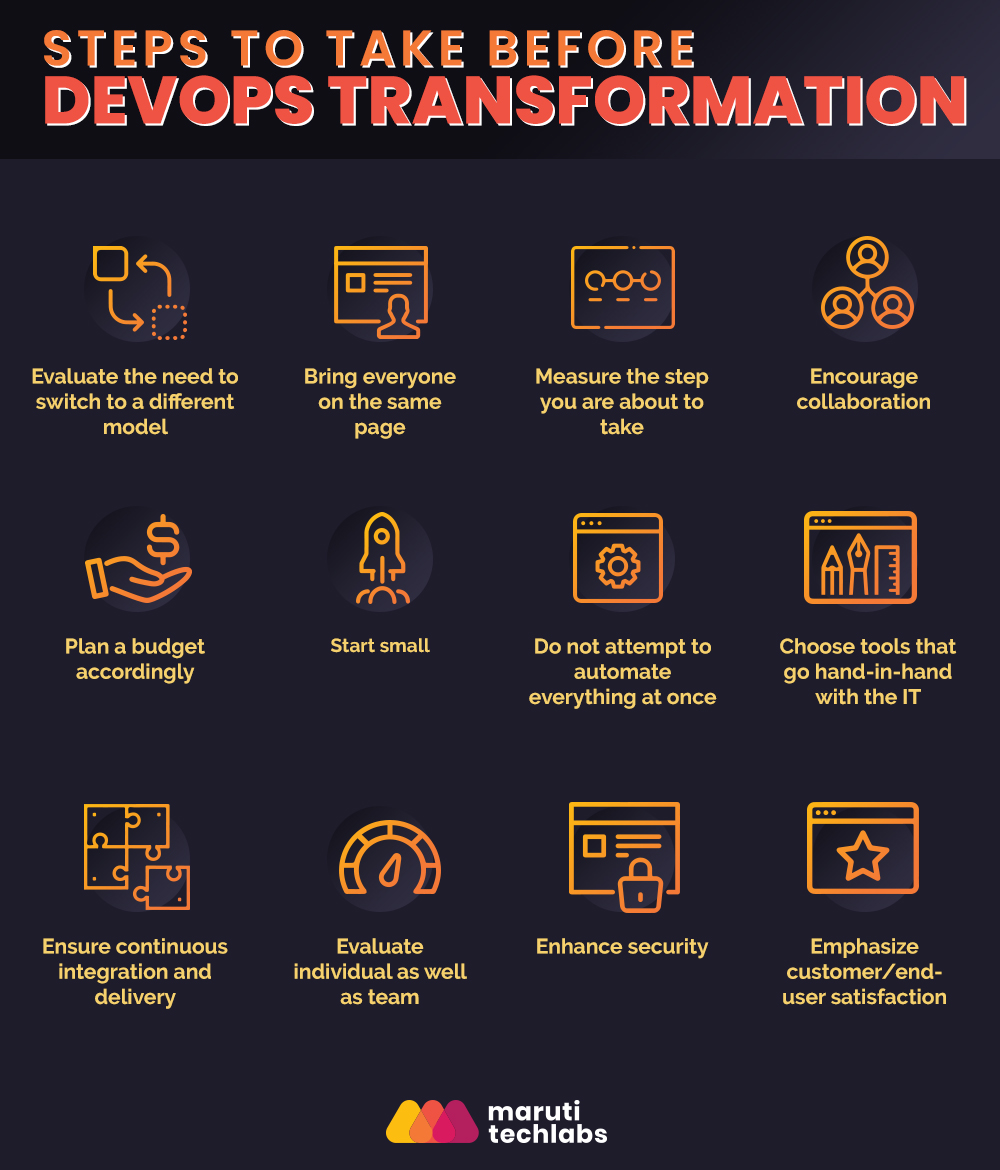![406[1] (1).jpg](/_next/image/?url=https%3A%2F%2Fcdn.marutitech.com%2F%2Fthumbnail_406_1_1_935e48a5b4.jpg&w=3840&q=75)
![406[1] (1).jpg](/_next/image/?url=https%3A%2F%2Fcdn.marutitech.com%2F%2Flarge_406_1_1_935e48a5b4.jpg&w=3840&q=95)
What is DevOps? How Can Your Enterprise Transition to DevOps?
![406[1] (1).jpg](/_next/image/?url=https%3A%2F%2Fcdn.marutitech.com%2F%2Fthumbnail_406_1_1_935e48a5b4.jpg&w=3840&q=75)
![406[1] (1).jpg](/_next/image/?url=https%3A%2F%2Fcdn.marutitech.com%2F%2Flarge_406_1_1_935e48a5b4.jpg&w=3840&q=95)
![406[1] (1).jpg](/_next/image/?url=https%3A%2F%2Fcdn.marutitech.com%2F%2Fthumbnail_406_1_1_935e48a5b4.jpg&w=3840&q=75)
![406[1] (1).jpg](/_next/image/?url=https%3A%2F%2Fcdn.marutitech.com%2F%2Flarge_406_1_1_935e48a5b4.jpg&w=3840&q=95)
![406[1] (1).jpg](/_next/image/?url=https%3A%2F%2Fcdn.marutitech.com%2F%2Fthumbnail_406_1_1_935e48a5b4.jpg&w=3840&q=75)
![406[1] (1).jpg](/_next/image/?url=https%3A%2F%2Fcdn.marutitech.com%2F%2Flarge_406_1_1_935e48a5b4.jpg&w=3840&q=95)
DevOps is already a rage in the IT industry. Why then, did we decide to cover what is DevOps and what are the benefits of DevOps? Because despite being widely popular, there is still serious puzzlement on what it actually means and how to go about implementing DevOps in organizations. So, here we are starting a 3-part blog series on what exactly is DevOps, its benefits, DevOps toolset and practical implementation strategies of DevOps. Let us dive right into the first piece.
As our ever-changing work environment is becoming more fast-paced, the demand for faster delivery and fixes in the software development market is on the rise. Thus, the need for the production of high-quality output in a short span of time with limited post-production errors gave birth to DevOps.
The term “DevOps” was introduced by combining software “development” (Dev) and “operations” (Ops.) The aforesaid term was coined by Patrick Debois in 2009 to make way for quick and effective delivery of software updates, bug fixes, and features.
Different people have different versions of the definition of DevOps. To some, it is a standard or a method. To many, it is an integrated “culture” in the IT world. No matter how you choose to define DevOps, it is imperative to understand how to go about the DevOps journey to reap its benefits.
DevOps, essentially as an approach or a work culture, is implemented by the right amalgamation of collaboration, automation, integration, continuous delivery, testing and supervising.
Before we get further into the nitty-gritty, let us first understand the reason behind introducing DevOps.
Prior to the introduction of DevOps, the traditional or classic waterfall model was followed for software delivery. This process model involved a sequential flow of a defined set of phases where the output of one phase becomes the input of the next phase. Therefore, all the phases are dependent on each other, and the completion of one phase marks the beginning of the other.
Despite the simplicity of the Software Delivery Life Cycle (SDLC) model, it has been found to have several defects. It has been observed that in the ever-changing contemporary world, a business is met with multifaceted problems which require quick fixes. Changes in the product like adding new features, fixing bugs, etc require it to go through at least 4-5 different silos in traditional SDLC, causing delays and increasing cost.
According to Gene Kim, an award-winning CTO and researcher, the conflict and friction that develops among different teams to provide a stable software solution while at the same time respond instantly to dynamic needs leads to “a horrible downward spiral that leads to horrendous outcomes.” He further explains that the delay in production in traditional model leads to “hopelessness and despair” in the organization.
In its essence, DevOps is a more inclusive approach to the software development process, where the development and operations teams work collaboratively on the project. Resultantly, the software development life cycle is shortened with the help of faster feedback loops for more frequent delivery of updates and features.

The classical SDLC method segregated the software developers, test engineers and maintenance team to three different groups where they performed the operational functions systematically one after another, without any empathetic communication. The developers who were in charge of coding are unable to cooperate with the test engineers or operation team that was assigned to maintain the stability of the software. The lack of communication, along with an isolated structure of departments not only resulted in uncoordinated and time-consuming approach but also led to faulty output.
In this process, the tests are conducted individually in unit forms. For higher functionality and proper detection of flaws, these tests are not enough to create a standard quality output. The test experts fail to maintain a continuation of testing in each stage of development due to fixed silos of departments. Owing to these loopholes, the teams end up with several issues like post-release bugs which could have been fixed if there was continuous testing at each stage before releasing the end product.
Due to fixed isolated work stages, the customer is intimated with the product at a very later stage. This brings in major gaps in the expected and the delivered product, which leads to rework. Also, the lack of integration and collaboration make the employees work overtime, and they fail to respond to the complaints of the users in the stipulated time.
With the absence of any direct relationship or transparency between the testing engineers and developers, fixing a bug and making new changes and implementing them can take weeks or even months. One fails to make progress in the market if they repeatedly fail to deliver the project on time.
How can a business organization move ahead in the competitive market and become more efficient in delivering the best features to the end-users in the set time? Well, here are some of the prime benefits a company can enjoy after adopting the DevOps way of working:
Faster and more frequent delivery of updates and features will not only satisfy the customers but will also help your company take a firm stand in a competitive market.
Do you know that the tension involved in the release of new features and fixes or updates can topple the stability of your workspace and decreases the overall productivity? Improve your work environment with a steady and well-balanced approach of operation with DevOps practice.
Collaboration between development and operation teams and frequent capturing of user feedback leads to a significant improvement in the quality of the product.
DevOps has greater benefits when compared to the traditional model as it helps in detecting and correcting problems quickly and efficiently. As the flaws are repeatedly tested through automation, the team gets more time in framing new ideas.
It’s no secret that making your business agile can help you to stay ahead in the market. Thanks to DevOps, it is now possible to obtain the scalability required to transform the business.
In DevOps methodology, all of the departments are responsible for maintaining stability and offering new features. Therefore, the speed of software delivery is fast and undisturbed, unlike the traditional method.
Ensuring quick and stable solution to technical errors in software management is one of the primary benefits of DevOps.
With the elimination of silo(ing) and promotion of collaboration, this process allows for easy communication among the team members, making them more focused in their specialised field. Therefore, incorporating DevOps practises has also led to an upsurge in productivity and efficiency among the employees of a company.
With proper collaboration, DevOps helps in cutting down the management and production costs of your departments, as both maintenance and new updates are brought under a broader single umbrella.

However, in the greater picture, different stakeholders have different business goals. And different business goals require them to look at the benefits of DevOps differently. The standpoint of CIO is different from that of CEO, whose perspective is different from that of an IT Manager or any other stakeholder – this dissimilarity in looking at the benefits of DevOps was researched by David Linwood, a renowned IT Director who referred to the different perspectives as ‘lenses’.
For IT managers, it is important that the procedural and technological metrics are improved. As a result, output performance metrics govern the advantages of DevOps from an IT manager’s point of view. The benefits are:
The CTO / CIO of the organization focuses more on the strategic goals involving people-centric metrics for the successful implementation of DevOps. From the lens of a CIO, DevOps offers the following benefits:
For a CEO, the benefits of DevOps are governed by business-based outcome of decreased production costs and increased revenue. Listed below are the advantages of DevOps as per the corporate vision of a CEO:
More and more companies are switching to DevOps to overcome the challenges faced in traditional SDLC model. As DevOps has become a common transformative journey in the IT world, many software companies still struggle to take the onset steps to the DevOps takeoff. It is important to have a roadmap in place before the transformation to DevOps begins. Elucidated below are the steps to take before you embark on the DevOps upgradation:
Shifting from a classic model to a modern one is not easy. Before incorporating DevOps in your business, make an assessment on the necessity to switch to a different process. Changing to a different practice solely because of its popularity in the market is unlikely to yield desired results. For some organizations, adopting DevOps has yielded good results while for some, switching to the new strategy did out turn out to be as successful. Your business goal should be the dominant factor when it comes to choosing the right model to run the organization.
Before you decide to transform your working environment, make sure everyone is willing to embrace the new model and say goodbye to the former technological and cultural setup. Start by educating teams on what is DevOps and why the organization has chosen to implement DevOps culture. Since DevOps is essentially about breaking down silos and working collaboratively, developing a unified perspective among teams with differing priorities and viewpoints is the most crucial step of the journey.
To gauge the success of DevOps, it is imperative to measure the current metrics of different stages of the software development life cycle (for e.g., time taken to develop, test etc.) The metrics should be measured again after the implementation of DevOps practices. Comparing and analysing the before and after scenarios help in effective assessment at each point of the journey.
Collaboration among all the sectors is the key to make DevOps model successful. Break down the organizational silos and pave a path for communication and easy access to information. Pay equal attention to the differences among different teams as well as to the overlapping ideas of the teams. A healthy environment and cooperation among team members go a long way in ensuring DevOps success.
Another significant factor that needs to be taken into consideration before the transition is the planning of the budget. It is important to create a rough estimate of the expenses the organisation will bear while transitioning and integrating as unplanned methodology leads to wastage of money and reduction in productivity.
Make small changes in your organization and scale up gradually over time instead of turning all the departments into the DevOps model at once. It is always safe to get started by incorporating the culture of collaboration to a small team and observe their achievements or improvement and make subsequent decisions on implementing the model on another team and therefore, adoption of DevOps best practices on a larger scale.

Understand that the transition from the traditional approach to DevOps does not happen overnight, and so rushing to make changes will not be a viable option. Do not get fooled by the term automation and expect the infrastructure to be managed by code at once. Before putting the responsibility of automation entirely on the IT team, it’s always safe to hire a professional who is experienced in the field of automation and can guide the team to perfection.
If you are considering to implement DevOps, make sure the tools of automation chosen are compatible with each other and enhance the working environment. It is recommended that all tools be bought from the same seller as they are more integrated to each other than different tools from different vendors. Tools should be bought widely to ensure smooth operation and management of configuration.
Establishing continuity in integration and delivery should be one of the primary objectives of an organization before implementing DevOps without which the idea of smooth operation will go in vain. Continuous integration is a part of the agile process where software is developed in small and regular phases with immediate detection and correction of flaws.
The art of collaboration being a new concept, tracking the performance of the new team is necessary to check the progress. Observe and make an assessment of an individual’s assigned role and actual execution of a task.
Strengthening the security is another fundamental step and negligence in this field can make the DevOps transformation ineffective. As the traditional model focused more on the development of software and unit testing, the companies failed to invest resources and time in strengthening security.
With DevOps, a number of business organizations have implemented an integrated security system. Along with the developers and operational personnel, it is recommended to hire skilled security teams for strict monitoring of the configuration, infrastructure and integrity.
One of the prime drawbacks of the traditional model is that it takes days and months to receive feedback and make new changes and updates on the software. Additionally, in the traditional SDLC, the software is not made to go through tests at each small phase of development resulting in an unsatisfactory end product.
The delay in communication between the department and the customers makes the latter lose faith in the product. In DevOps practises, end-user satisfaction is a priority. Focus on the demand of the customers and make faster changes or improvement to the software based on their feedback.
Within the perimeters of the integrated system, the transparency among different sectors and the will to work unitedly keeps the customers happy with the result and helps the business flourish.
DevOps, as a service, prioritizes the satisfaction of the customers by providing quick delivery of features and updates. This makes DevOps a more preferred method than the traditional model.
The key factors that ensure a successful implementation and working of DevOps of a company are:
It is the leading factor which involves gathering the changes of code and collectively making them go through systematic and automated test phases. This process, unlike the traditional method, helps in detecting flaws, correcting them early and ensuring the quality before releasing the product / feature.
All the new changes in code are delivered to the production phase where general testing takes place. After that, the deployed output is further made to go through a standard testing process.
This process involves breaking down of single and segregated services and connecting them to work in unity as multiple yet independent services.
Say goodbye to the flawed traditional infrastructure management method. The new process ensures proper management and use of infrastructure through code. There are several DevOps tools that help in managing the updates efficiently.
As codification replaces the manual management of important configurations and infrastructure, tracking flaws and reconfiguration has become easier and automated. Therefore, it saves time and increases efficiency.
The implementation of DevOps leads to the elimination of manual and toilsome management of host configuration. Both the operational work and configuration will systemically get managed through code.
Benefits of implementing DevOps do not come easy, as bringing an organizational change in the way your IT company gets work done is no small feat. Changing the mentality of your teams from “I have done my job” to “the product/feature is now ready to be deployed” is what DevOps is all about. DevOps consulting services and solutions can provide the expertise and guidance needed to navigate this cultural shift, fostering collaboration throughout the software development lifecycle. We, at Maruti Techlabs have helped companies successfully move from siloed traditional SDLC to an environment of cross-functional teams dedicated to meet customers’ requirements. Right from bringing everyone on the same page to successful deployment of code more frequently, keeping your systems upright, maintaining dynamic infrastructure and having apt automation in place, our DevOps experts help you through each step of the transformative journey to ensure your business scales new heights in the long run. Simply drop us a note here for your end-to-end DevOps needs.


